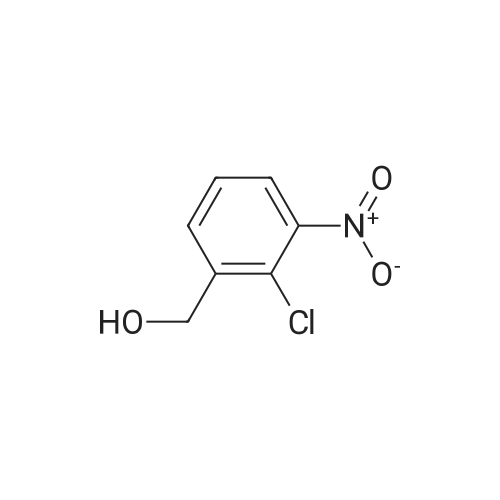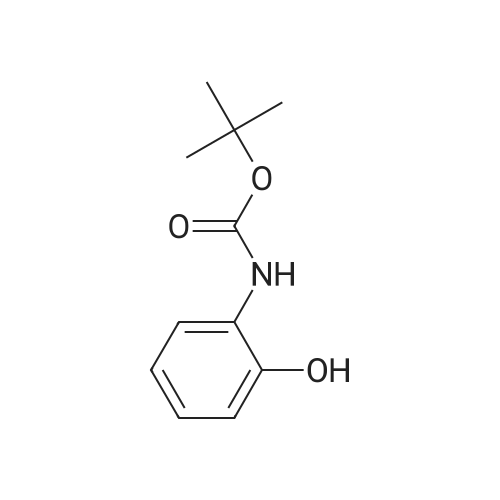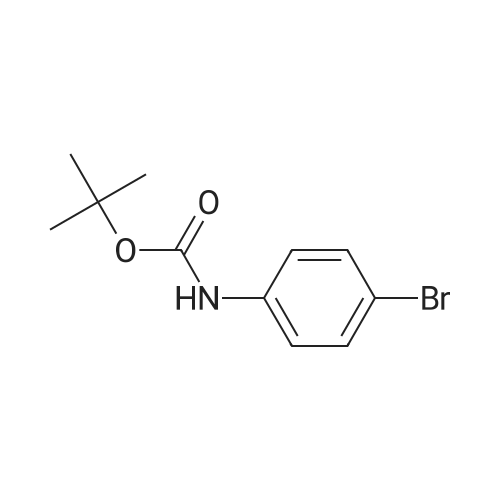More
Abstract: This dissertation describes the total synthesis of a complex natural product, lissodendoric acid A, through the innovative use of a strained cyclic allene intermediate. Strained cyclic allenes have never been previously used in total synthesis, despite being discovered shortly after other strained intermediates, such as benzyne. Cyclic allenes are useful fleeting intermediates as they are highly reactive due to their strain and have the ability to form complex, sp3 -containing molecules. These benefits, along with the ability to transfer stereochemical information, are leveraged in a key Diels–Alder cycloaddition leading to the enantioenriched azadecalin core of lissodendoric acid A and ultimately the completion of the total synthesis. Additionally, the syntheses of precursors to two other versatile strained intermediates are detailed. The synthesis of iii a key biosynthetic precursor to monoterpene indole alkaloids, as well as oxidized derivatives thereof, is also reported. Finally, initiatives toward advancing chemical education on a global scale are detailed. Chapters one and two describe the first total synthesis of the manzamine natural product lissodendoric acid A. Specifically, chapter one details a concise route to lissodendoric acid A, which proceeds via a key stereospecific Diels–Alder cycloaddition of a transient, strained azacyclic allene intermediate. Model system studies using various cyclic allene precursors are detailed, which informed the synthetic design of the enantioenriched silyl bromide used in the Diels–Alder cycloaddition en route to lissodendoric acid A. Of note, this marks the first use of a strained cyclic allene in a total synthesis. From the cycloadduct, swift late-stage manipulations of the scaffold allow for completion of the natural product. Chapter two discusses the first-generation synthesis of lissodendoric acid A, including a detailed analysis of key challenges encountered. Alterations to the synthetic strategy, which ultimately enable access to the natural product, are described. Specifically, structural modifications to the key Diels–Alder reaction partners, which allow for avoidance of difficult late-stage oxidations, are presented. Additionally, the combination of multiple late-stage reductions into one step to rapidly access the natural product is demonstrated. Chapter three describes the synthesis of silyl triflate precursors to the strained intermediates cyclohexyne and 1,2-cyclohexadiene. Cyclohexyne and 1,2-cyclohexadiene are versatile building blocks that have been used in a variety of cycloadditions to access complex, polycyclic products. The synthesis described is both concise and divergent, allowing access to precursors to both strained intermediates in an efficient and scalable manner. Chapters four and five describe the synthesis and evaluation of 8-hydroxygeraniol, a key biosynthetic precursor to all monoterpene indole alkaloids. Specifically, chapter four gives an iv account of the optimization of an efficient and highly selective oxidation reaction and subsequent deacetylation to arrive at 8-hydroxygeraniol in good yields and on large scale. Importantly, swift access to 8-hydroxygeraniol through this route enabled investigations into the enzymatic synthesis of downstream monoterpene indole alkaloids, such as those described in chapter five. Chapter five presents the fully enzymatic, one-pot synthesis of nepetalactol, starting from geraniol. 8- hydroxygeraniol and its oxidized derivatives, 8-oxogeraniol and 8-oxogeranial, were all synthesized chemically to confirm their presence in the enzymatic pathway. Chapters six and seven describe educational projects developed to improve student engagement in chemical education. Chapter six details the development and use of R/S Chemistry, an online game-like resource for students to practice assigning stereocenters. The results of a survey given to hundreds of undergraduate students who used R/S Chemistry to practice stereochemical assignments are detailed, which proved to be overwhelmingly positive. Chapter seven presents a perspective on advancing chemical education through interactive teaching tools. Multiple efforts in the area of chemical education innovation are highlighted, as well as the expansion of these resources to a global scale. These resources include interactive online learning tools, methods to help students visualize structures in 3D, and coloring and activity books for children to expand the reach of these resources to a broader audience.

 Chemistry
Chemistry
 Pharmaceutical Intermediates
Pharmaceutical Intermediates
 Inhibitors/Agonists
Inhibitors/Agonists
 Material Science
Material Science















 For Research Only
For Research Only
 120K+ Compounds
120K+ Compounds
 Competitive Price
Competitive Price
 1-2 Day Shipping
1-2 Day Shipping















